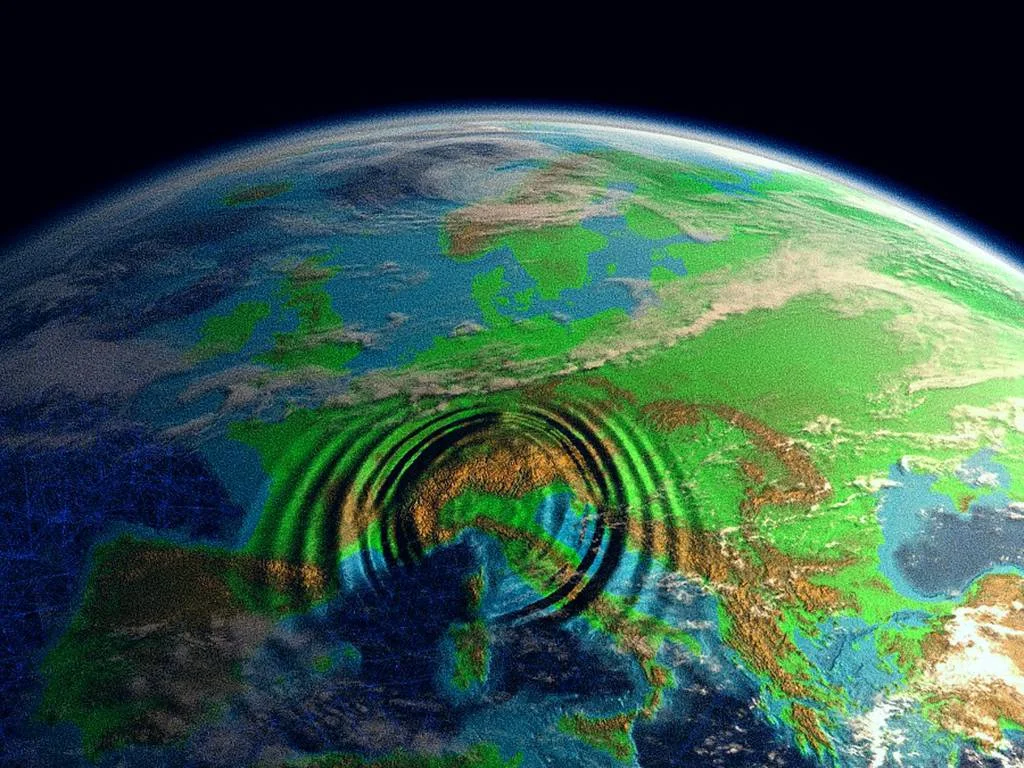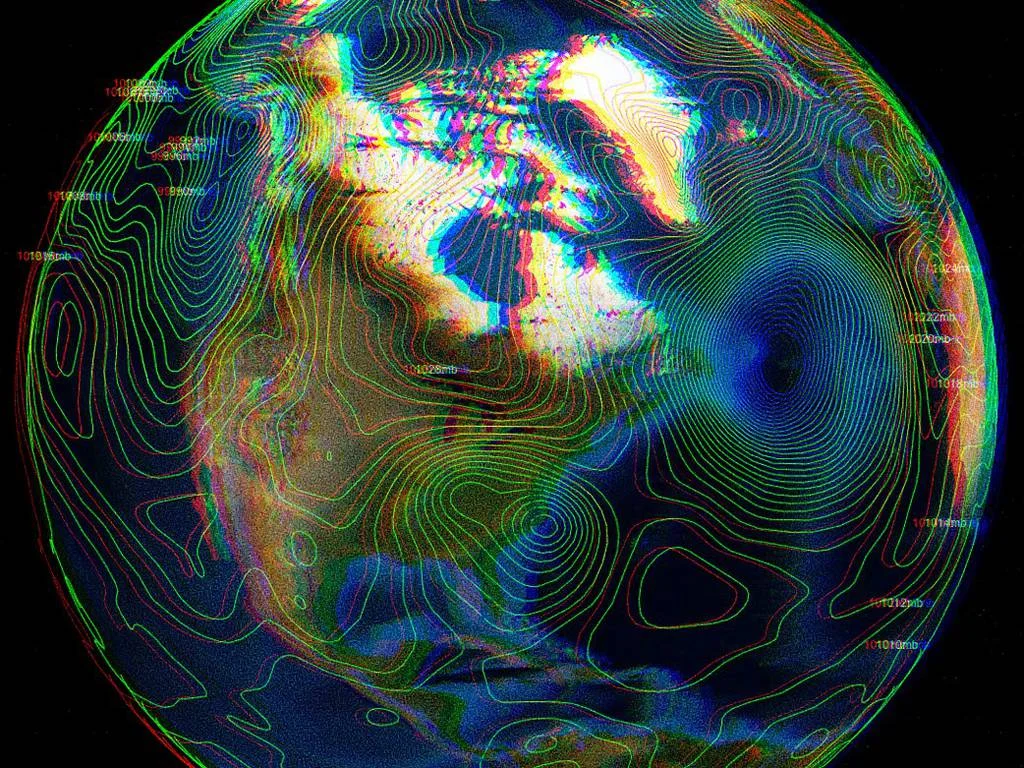Have you ever wondered if the Earth has a heartbeat? Well, it turns out that our planet does pulsate every 26 seconds, and scientists have no idea why.

This mysterious phenomenon has been detected by seismometers across the world for more than half a century, but its origin and meaning remain unknown.
Table of Contents
What is a microseism?
A microseism is a faint seismic signal that can be detected by sensitive instruments. Unlike earthquakes, which are caused by the sudden movement of tectonic plates, microseisms are generated by continuous or periodic sources, such as ocean waves, wind, or human activity. Microseisms can reveal information about the structure and dynamics of the Earth’s crust and mantle, as well as the interaction between the atmosphere, ocean, and land.
The 26-second pulse is a type of microseism that has a very regular pattern and a single source location. It was first discovered in the early 1960s by Jack Oliver, a geologist at Columbia University, who noticed a strange “blip” on his seismograms every 26 seconds. He traced the source to somewhere in the southern or equatorial Atlantic Ocean, and found that it was stronger during the Northern Hemisphere’s summer months.

Since then, other researchers have confirmed and refined Oliver’s findings, using more advanced seismometers and data analysis techniques. In 2006, a team led by Mike Ritzwoller at the University of Colorado, Boulder, pinpointed the source of the pulse to a specific spot in the Gulf of Guinea, off the western coast of Africa, near the island of São Tomé.
What causes the Earth’s pulse?
Despite decades of research, there is no consensus on what causes the Earth to emit a pulse every 26 seconds. Some scientists think that it is related to ocean waves hitting the continental shelf in the Gulf of Guinea. The shape and orientation of this underwater feature could create a resonance that produces a harmonic vibration in the Earth’s crust.
However, this theory does not explain why the pulse is stronger during certain seasons, or why it has not changed over time despite variations in sea level, wave patterns, and climate. Moreover, some scientists doubt that ocean waves alone could generate such a powerful and consistent signal that can be detected thousands of kilometers away.
Another possible explanation is that the pulse is caused by volcanic activity in the region. The Gulf of Guinea is home to a chain of volcanic islands and seamounts that are part of the Cameroon Volcanic Line. One of these volcanoes, located on São Tomé island, is very close to where the pulse originates. Some researchers have suggested that this volcano could be releasing gas or magma periodically, creating pressure fluctuations in the crust that result in seismic waves.

This hypothesis is supported by the fact that there is another well-known microseism that is caused by a volcano: The Mount Fuji Tone. This is a sound that occurs every 138 seconds and is linked to the volcanic activity of Mount Fuji in Japan. The Tone was first recorded in 1960, shortly after a major earthquake near Chile that triggered a series of eruptions at Mount Fuji.
However, not all volcanoes produce microseisms, and not all microseisms are caused by volcanoes. The link between the 26-second pulse and the São Tomé volcano is still speculative and requires more evidence. Furthermore, some scientists argue that volcanic activity would not produce such a regular and stable signal over such a long period of time.
The mystery remains
The Earth’s pulse is one of those fascinating natural phenomena that challenge our understanding of how our planet works. It could be a simple physical process that we have not yet fully explained, or it could be a sign of something more complex and profound happening beneath our feet. Either way, it reminds us that there is still much to discover about our dynamic and mysterious home.

